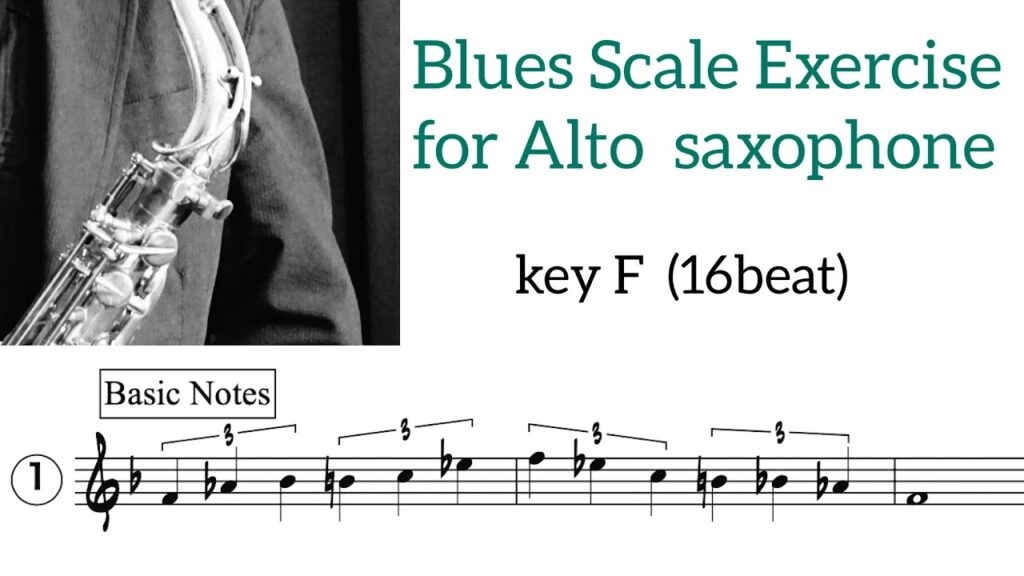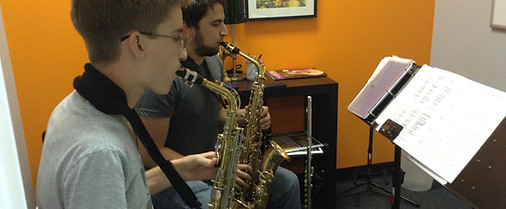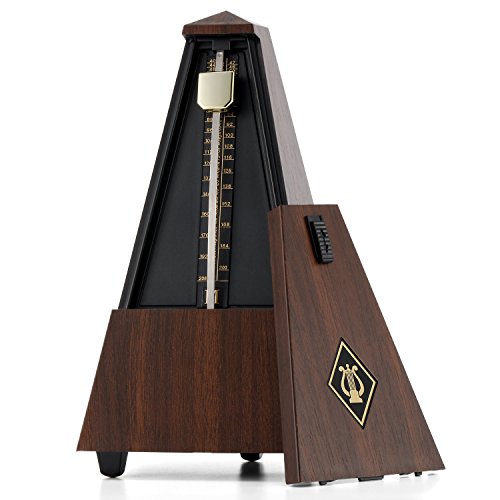Yes, you can absolutely teach yourself to play saxophone through self-directed practice, online resources, and dedicated learning. While self-teaching offers flexibility and independence, understanding the complete picture can help you make faster progress and avoid common pitfalls.
1. Self-Teaching Saxophone: The Fundamentals
Teaching yourself saxophone is entirely possible with the right approach and resources. Thousands of musicians have successfully learned this way, especially in today’s digital age with abundant learning materials available.
2. Essential Self-Teaching Practices
The foundation of effective self-teaching begins with fundamental exercises. Daily long tones are crucial for developing proper embouchure, breath control, and tone quality—the cornerstone skills of any saxophonist. Consistent scale practice builds finger dexterity and musical understanding, while simple etudes bridge the gap between technical exercises and actual music.
Playing songs you genuinely enjoy is perhaps the most important motivation factor. When you connect with the music you’re learning, practice becomes less of a chore and more of a rewarding experience. Start with simple melodies and gradually progress to more complex pieces as your skills develop.

3. Online Resources and Learning Materials
The internet offers a wealth of saxophone learning materials, from YouTube tutorials to specialized saxophone learning websites. Method books like the Rubank Elementary Method or Essential Elements provide structured learning paths for beginners. Apps with recording functions allow you to evaluate your playing objectively, a crucial skill for self-teaching.

4. The Value of Private Saxophone Instruction
While self-teaching is viable, working with a private teacher provides unmatched benefits that can significantly accelerate your progress. A qualified instructor offers the backbone to your development, providing consistent guidance tailored specifically to your learning style and goals.
5. Expert Guidance and Feedback
The most significant advantage of private instruction is immediate, expert feedback. Problems that might take months to identify on your own can be addressed instantly by an experienced teacher. This prevents the formation of bad habits that could limit your progress or cause physical discomfort later.

Private teachers create customized learning roadmaps based on your specific needs, removing the guesswork from your practice routine. They know precisely which exercises and pieces will help you advance most efficiently, ensuring you’re always working on appropriate material that builds systematically upon previous skills.
6. Gear Knowledge: A Critical Consideration for Self-Learners
One often overlooked challenge of teaching yourself saxophone involves equipment selection. Without expert guidance, beginners frequently make costly mistakes when purchasing instruments and accessories.

7. Avoiding Equipment Pitfalls
Self-taught saxophonists might unknowingly purchase instruments with mechanical problems or inappropriate mouthpiece setups that hinder rather than help their progress. What seems like a good deal may actually be an instrument that professional repair technicians would avoid.
The right mouthpiece, reed strength, and ligature dramatically affect playability and sound production. Private teachers can recommend reputable brands, appropriate models for your budget, and reliable retailers, potentially saving you hundreds or even thousands of dollars in misguided purchases.
8. Finding Balance: Combining Approaches
Many successful saxophonists combine self-teaching with periodic professional instruction. Even occasional lessons can help identify and correct issues before they become ingrained habits. Consider starting with a few lessons to learn proper fundamentals, then supplement with self-directed practice.

9. Conclusion: Your Saxophone Journey
Yes, you can teach yourself to play saxophone through dedicated practice and thoughtful use of available resources. However, incorporating some level of professional instruction will likely lead to faster progress and more satisfying results.
Whichever path you choose, remember that learning saxophone requires patience and consistent practice. The most important factor is your commitment to regular, focused practice using appropriate materials and techniques. With dedication and the right approach, you’ll be playing your favorite songs sooner than you might think.

